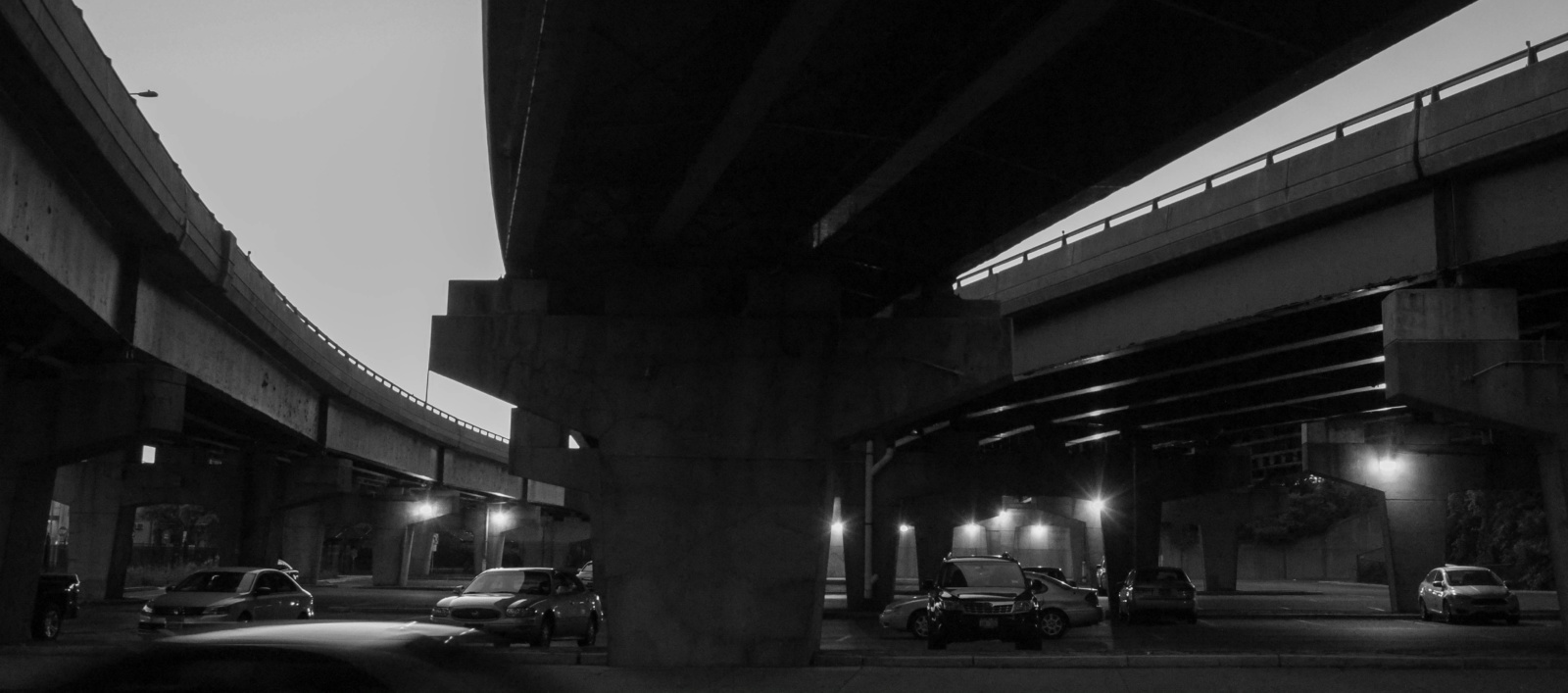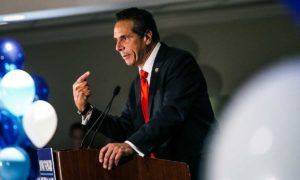During his presidential campaign, overhauling infrastructure became one of Donald Trump’s most popular and bipartisan messages. Last week, the president finally released a detailed plan on how to repair the nation’s rapidly aging roads, bridges, airports, railroads and water systems over the next decade.
However, the key component of the current proposed solution points back to the core of the problem. The president’s plan would use $200 billion in federal money that would provide leverage for city and state investments in infrastructure spending, with the eventual goal of generating an investment of $1.5 trillion to $1.8 trillion over the next few years.
The plan would shift the larger responsibility of funding infrastructure projects from the federal government to state and local governments. It envisions that those governments would cough up about 80 percent of the required funding for their individual infrastructure projects.
That would be a complete inverse of the traditional balance, where federal money accounts for about 80 percent of transportation projects and local money funds the rest. That means states and cities would have to kick in at least $4 for every $1 they get in federal money.
There’s one problem with that equation: State and local governments have nowhere near the available funds necessary to contribute that much of an overwhelming majority to infrastructure programs.
New York state is no exception. An October 2017 report from state Comptroller Thomas DiNapoli’s office found that roughly 12.4 percent of the state’s bridges owned by local governments are “structurally deficient,” with Seneca and Cayuga counties respectively having the highest and second-highest percentage statewide. “Structurally deficient” is defined as bridges where their load-carrying elements are in poor condition, or the bridge is prone to repeated flooding, resulting in traffic delays. It does not mean that the bridge is unsafe to drive on, yet is still in dire need of repair
Another 20.7 percent of bridges across the state are “functionally obsolete,” meaning they do not meet current design standards for the amount of traffic they carry. The estimated price tag to repair these bridges? A whopping $27.4 billion, the comptroller predicts.
Obviously, that’s way beyond the capabilities of local governments. DiNapoli agrees: “While the state has taken steps to make funds for repairs available, the assistance of the federal government has also been critical.”
To put this in perspective, remember that Trump’s plan is offering $200 billion nationwide, and that it will cost $27.4 billion just to repair a little more than half the bridges in New York. That’s just one area of infrastructure in one state. And the cost of these improvements will only increase over time.
That kind of extreme burden on small governments would come just as New York is grappling with how to make up a $4.4 billion deficit in this year’s budget, and as the city of Syracuse will face a budget deficit of nearly $25 million next year.
The Trump administration intends to come up with the $200 billion by, ironically, making cuts to programs that already help fund local infrastructure projects. The president’s recent federal budget proposal includes cutting the Highway Trust Fund by $122 billion over a 10-year period. Such a shortage could seriously jeopardize the coming Interstate-81 project in Syracuse, further complicating an already expensive and controversial affair.
This whole debacle is just another chapter in the long story of large government seriously misunderstanding the infrastructure needs of smaller communities and seriously underestimating how much money is actually required to properly address those needs.
At the state level, it took Gov. Andrew Cuomo and the Legislature several years to recognize the necessity to replace New York’s aging water pipes. Three years ago, the Democratic governor said to the syracuse.com editorial board, “Show us how you become economically stronger and create jobs. Then you fix your own pipes.”
The state finally came to its senses last year when the governor signed the Clean Water Infrastructure Act. It contributed $2.5 billion to installing advanced treatment and filtration systems, replacing lead service lines in low-income communities, upgrading aging wastewater treatment plants, and new measures to help prevent contaminants from getting into groundwater.
But even after the state discovered it needed to step in to help local governments pay for water infrastructure repairs, the $2.5 billion may not be anywhere near what’s actually needed. Some state officials have estimated it could cost up to $80 billion to fix New York’s pipes over the next few years.
Infrastructure has become too expensive for states and cities to maintain with their own tax dollars. The federal government needs to understand that it needs to do more, as our bridges and roads continue to crumble, while the cost to repair them continues to rise. The clock is ticking.






















